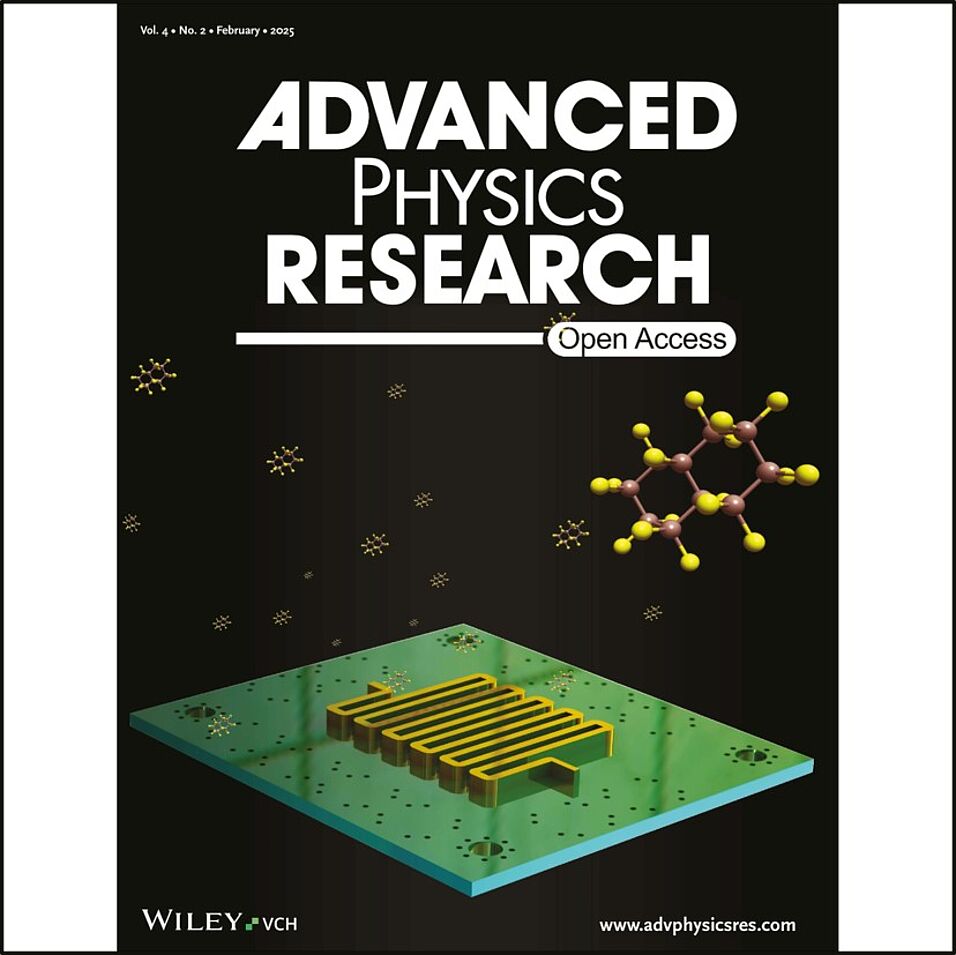Superconducting nanowires are widely recognized as exceptional sensors in photonics, information processing, and astronomy. Even a single infrared photon can break Cooper pairs, generate a hot spot and trigger a measurable quantum phase transition.
Here, we demonstrate that this detection capability is far more versatile. Ultrathin nanowires are shown to be sensitive to the internal energy of atoms as well as to the kinetic energy of neutral molecules, here within the energy range of 10–20 and 3–6 eV, respectively.
Superconducting nanowires achieve higher detection quantum yields than channel electron multipliers in the detection of metastable atoms and they surpass the efficiency of secondary electron detectors by more than a factor of 106 in the detection of molecules at impact energies below 5 eV.
This remarkable sensitivity paves the way for new applications in atomic and molecular beam physics, establishing nanowires as a crucial tool for future precision measurements.
M. Strauß, R. Gourgues, M.F.X. Mauser, L. Kulman, M. Castaneda,
A. Fognini, A. Shayeghi, P. Geyer, M. Arndt,
Superconducting nanowire detection of neutral Atoms and molecules via their internal and kinetic Energy in the eV range,
Adv. Phys. Res. 12/2024, advanced online: doi.org/10.1002/apxr.202400133

